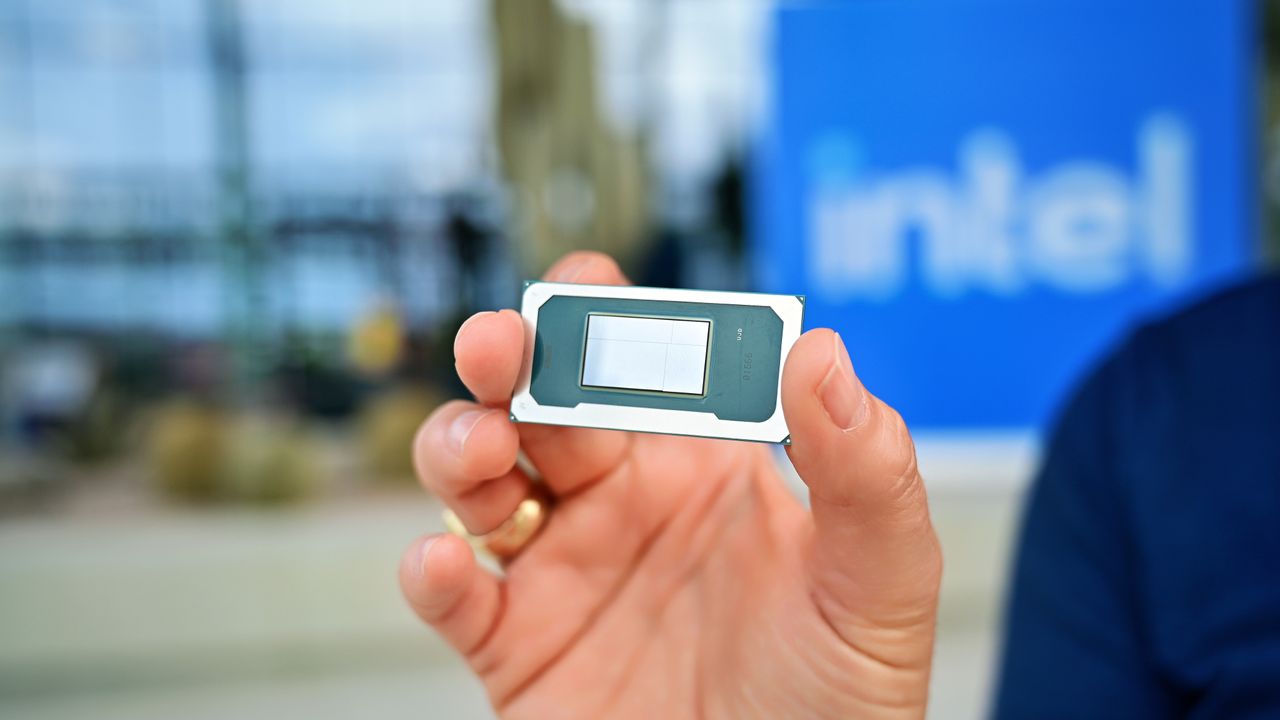
I just got back from Arizona – it was amazing! I was invited on the Intel Tech Tour 2025, and it was a huge event with tons of journalists, industry experts, and creators like myself. We all got a first look at Intel’s brand new mobile chips, and it was really exciting to see what they’re working on.
Intel’s new Panther Lake processors are built using a groundbreaking 2nm technology, called Intel 18A. This advancement is thanks to the state-of-the-art equipment in Fab 52, Intel’s newest factory located at the Ocotillo campus in Chandler, Arizona.
Intel’s new Panther Lake chips aim to outperform AMD and Qualcomm by offering significant improvements in speed, efficiency, battery life, and adaptability. These chips are designed to work seamlessly across a wide range of devices and tasks. This new line will be known as Intel Core Ultra (Series 3).
More modular and scalable than ever before
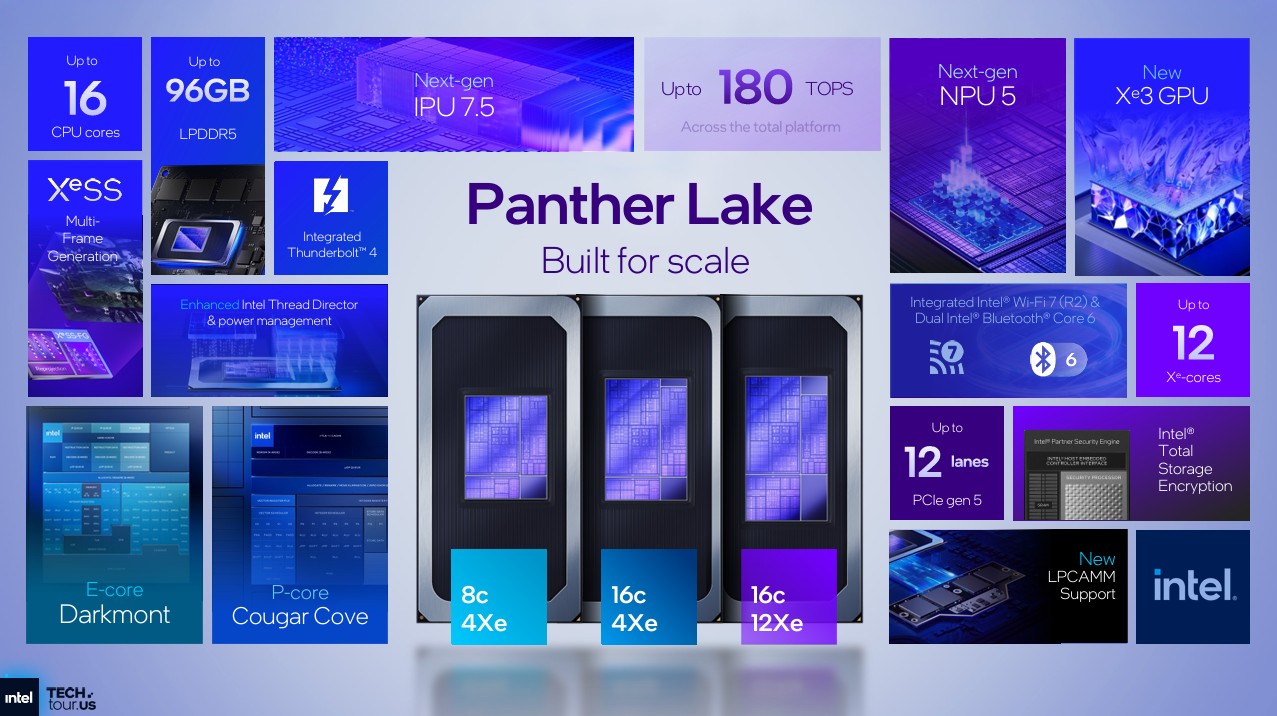
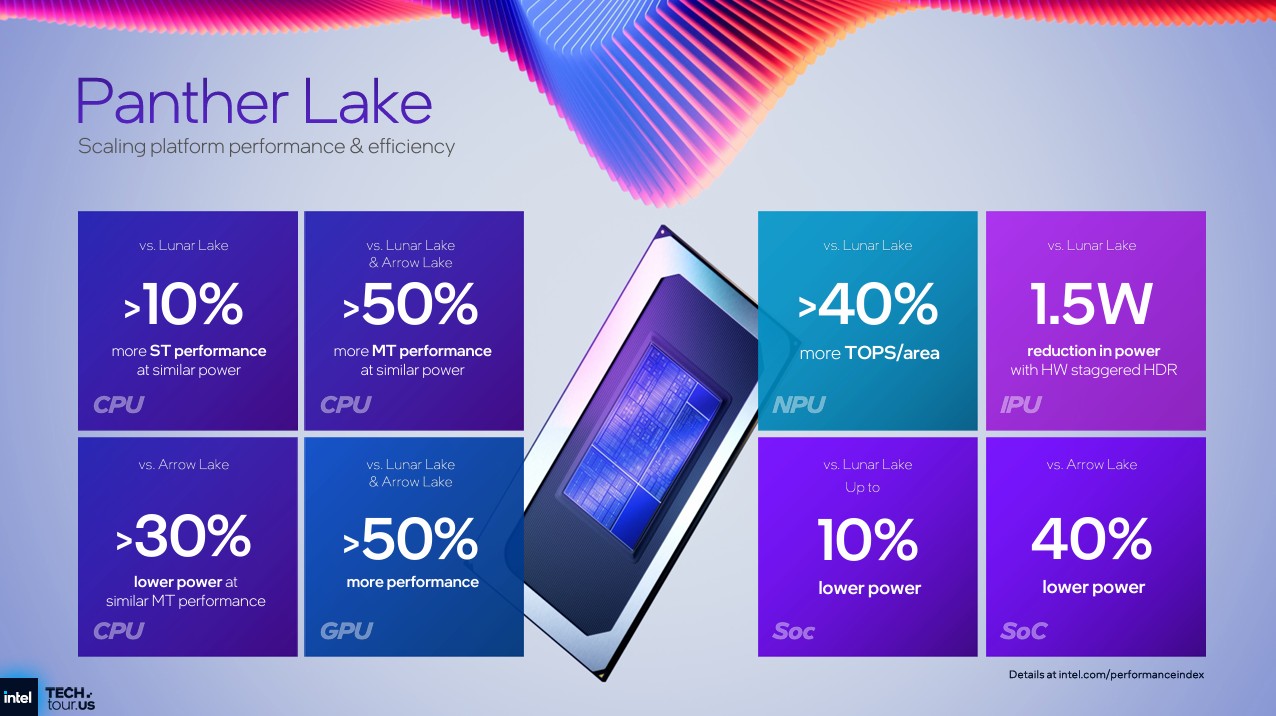
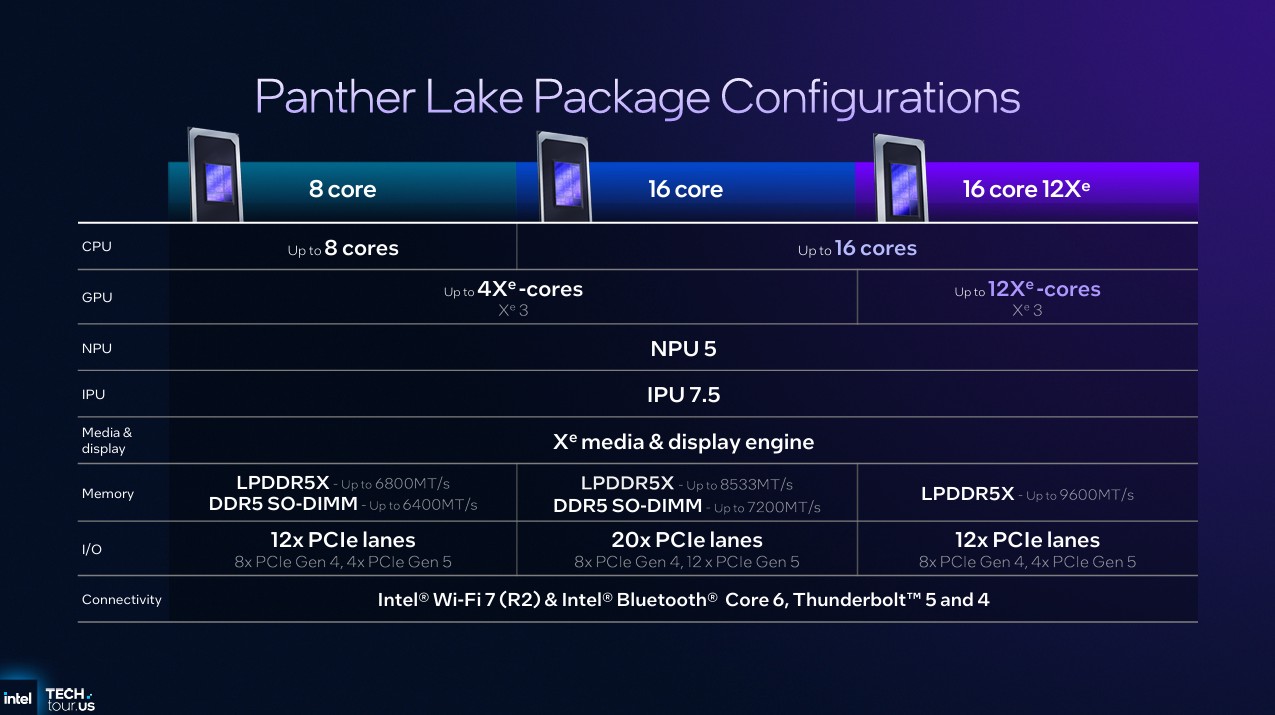
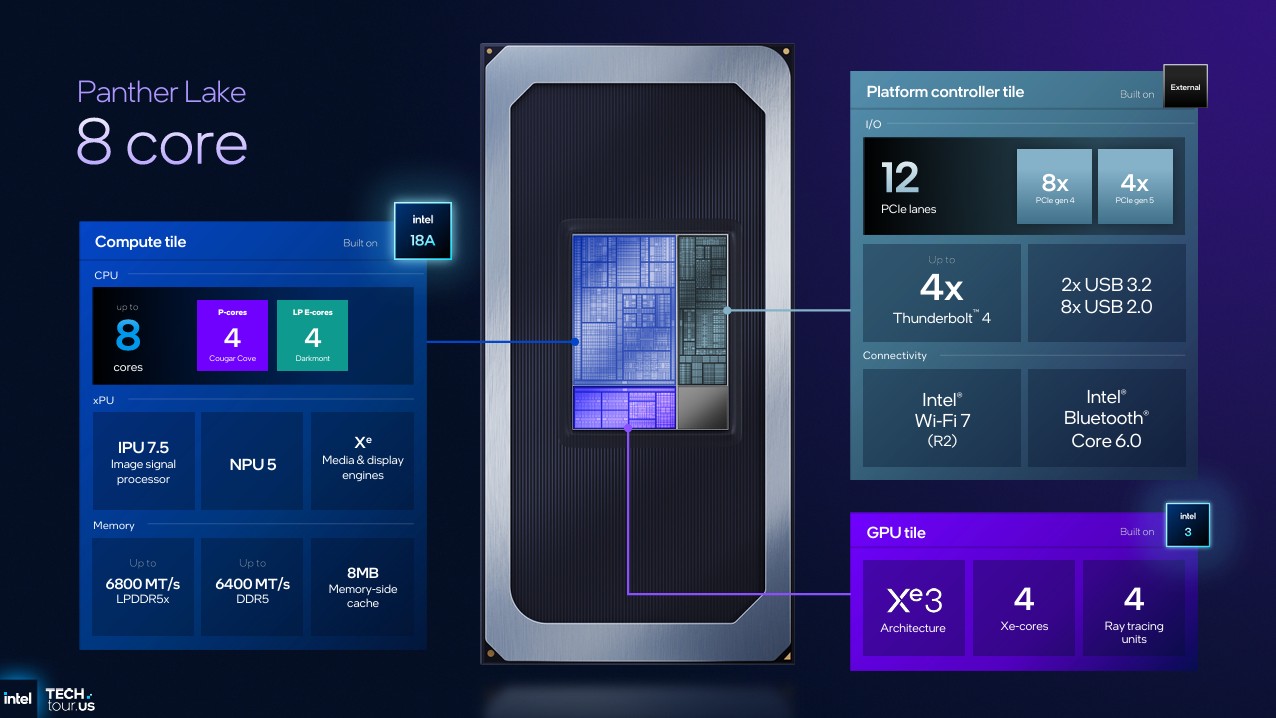
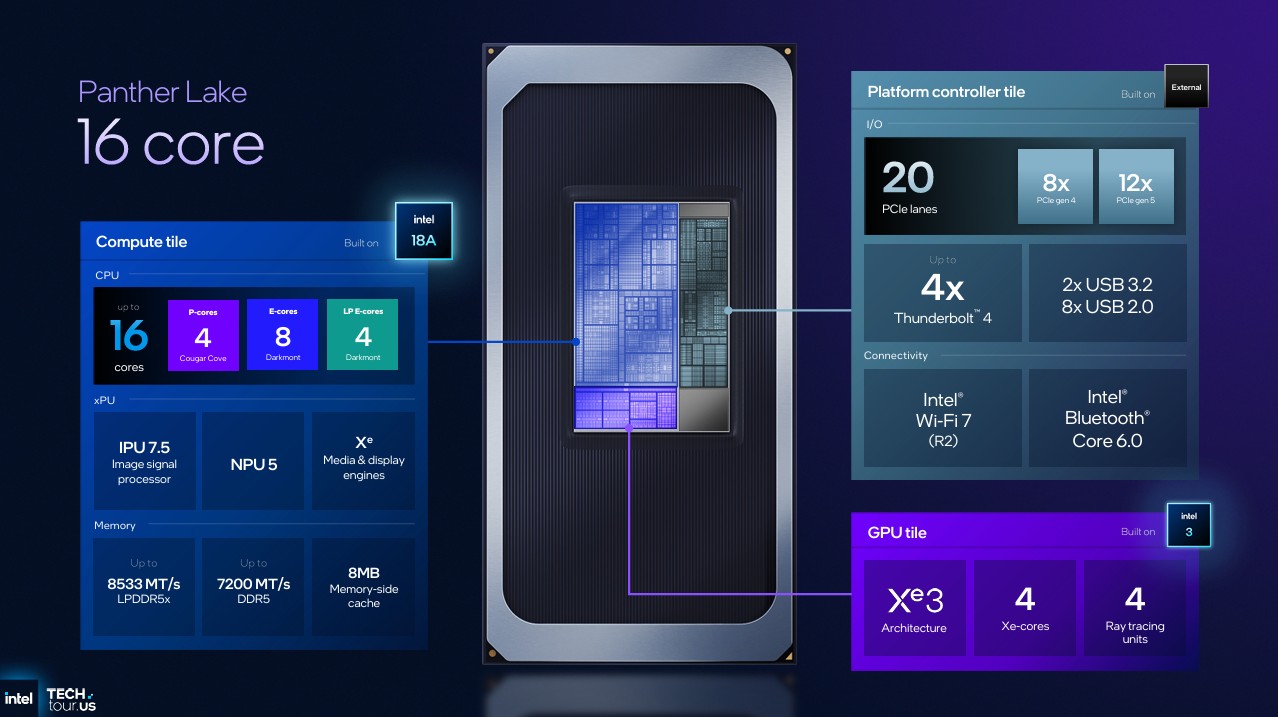
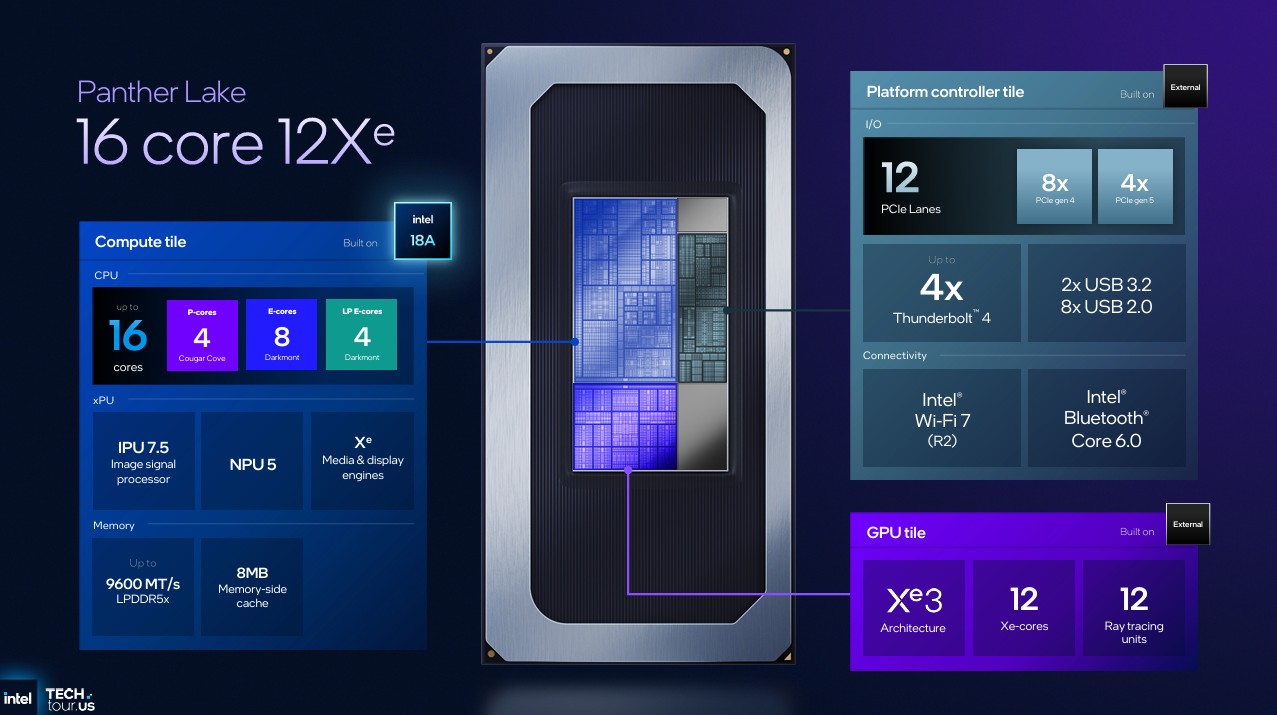
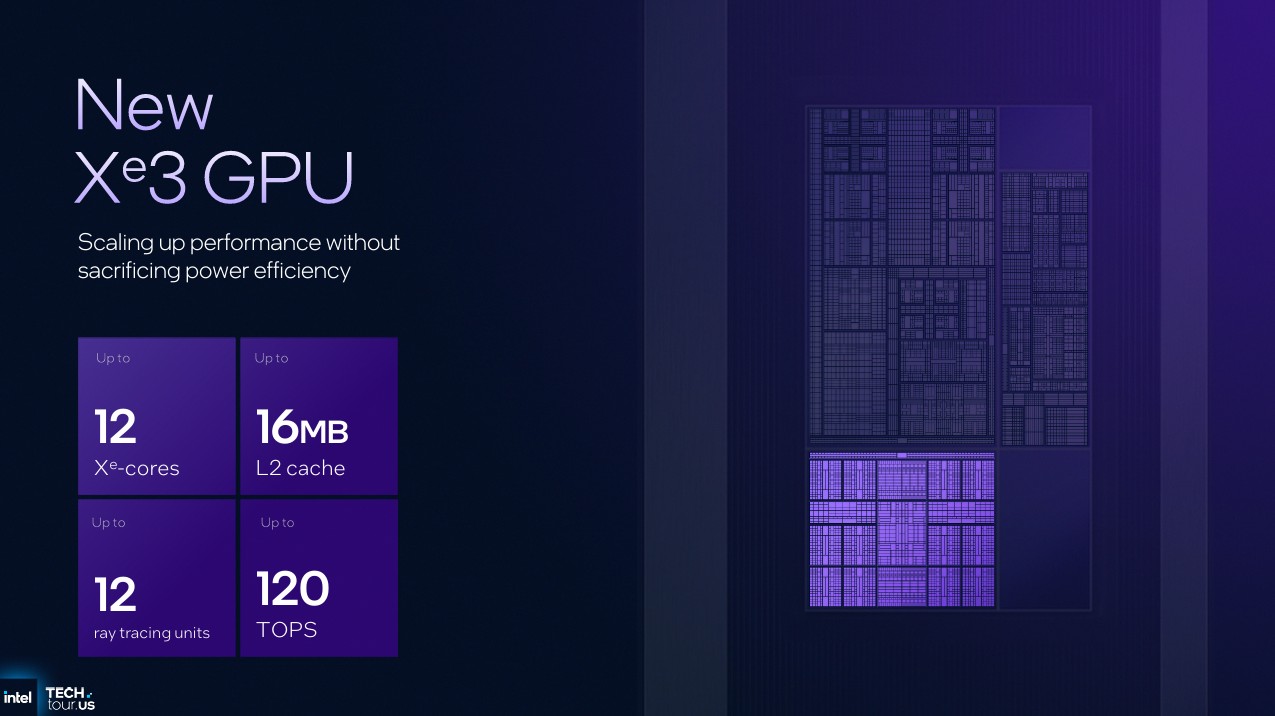
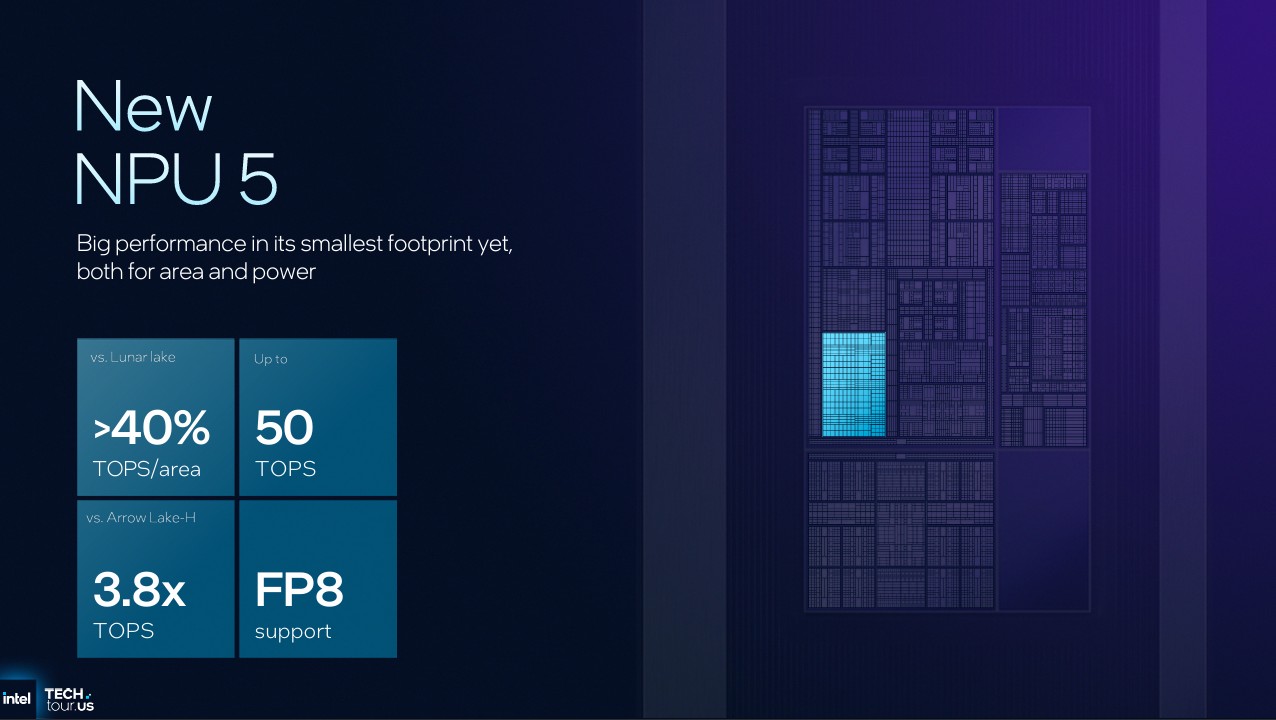
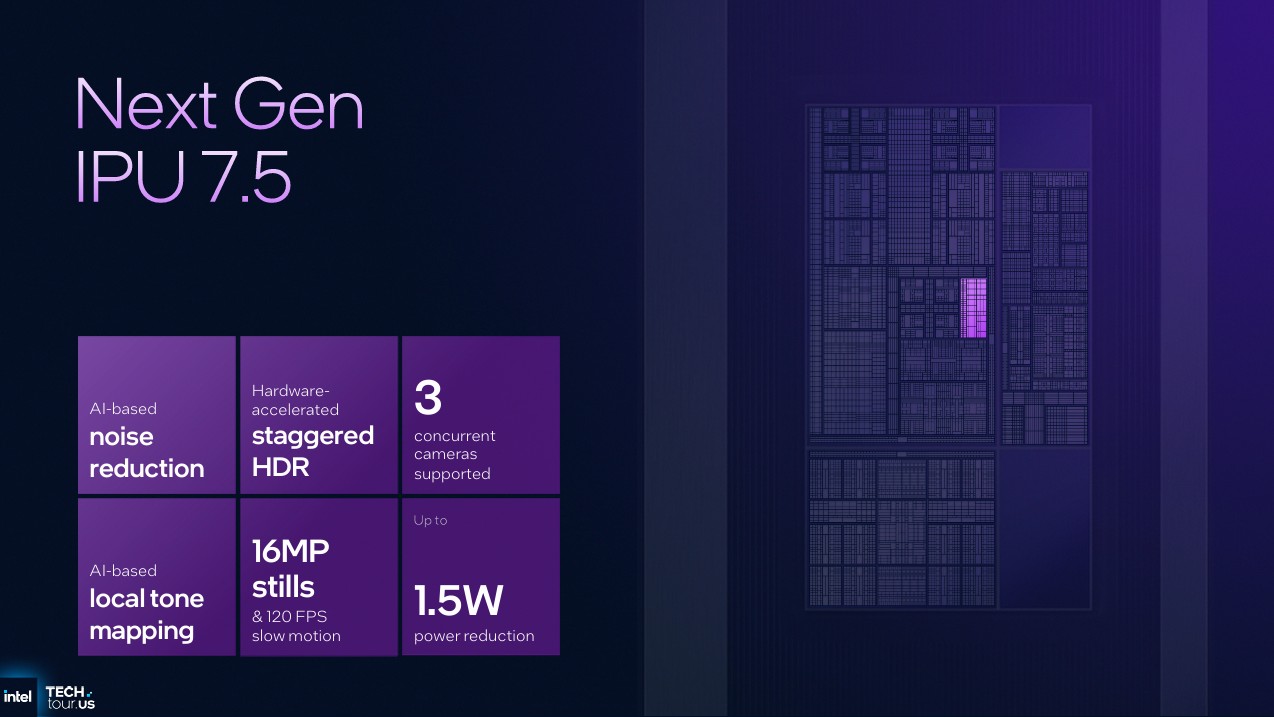
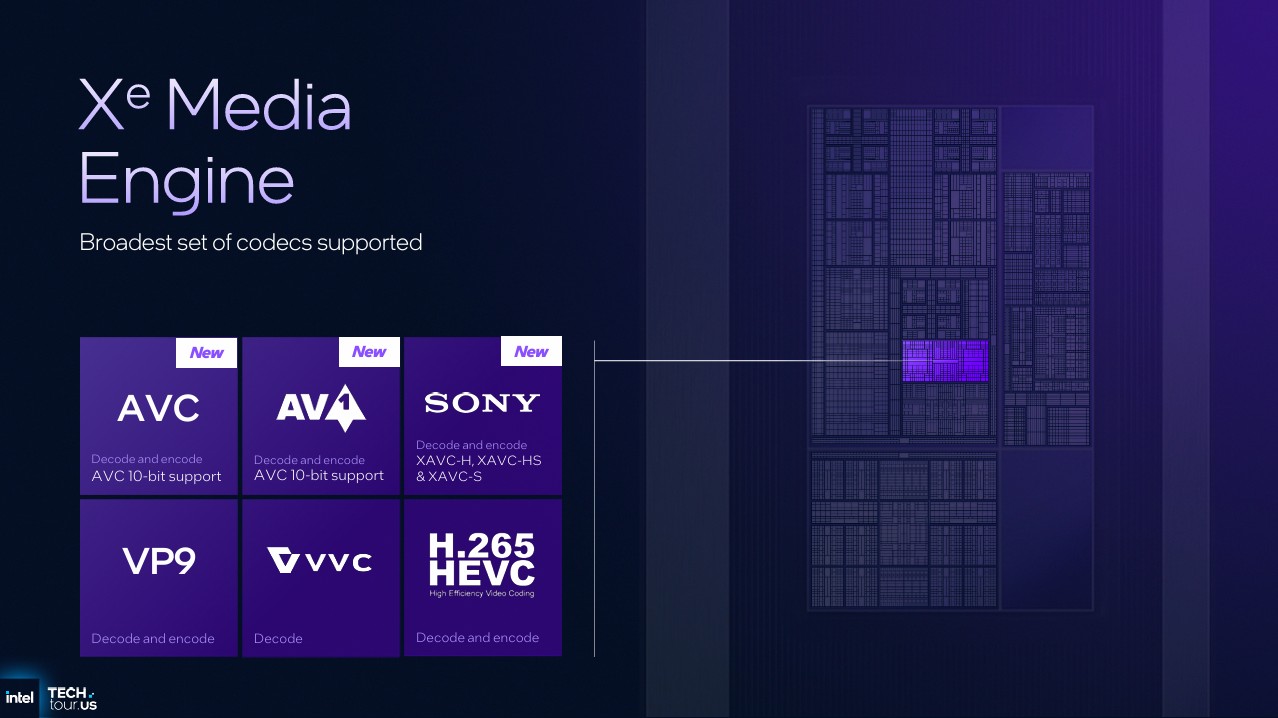
Intel is heavily investing in its new Panther Lake technology, and it’s shaping the future of all their products. So, what exactly makes Panther Lake stand out?
Intel is introducing significant improvements, including a redesigned, adaptable system architecture, cutting-edge processing cores built with their newest technology, enhanced integrated graphics with the Intel Arc Xe3 family, and overall upgrades to artificial intelligence capabilities, image processing, video handling, memory speed, and connection options.
I’m planning to share detailed articles soon – one covering my visit to Fab 52 and a deep dive into Intel’s 18A process, and another exploring Panther Lake’s graphics, including the Xe3 architecture and the new XeSS 3 features. But for now, let’s concentrate on the Panther Lake processor itself.
| Feature | Panther Lake 8-core | Panther Lake 16-core | Panther Lake 16-core 12Xe |
|---|---|---|---|
| Architecture | x86 | x86 | x86 |
| Processing node | Intel 18A, 2nm | Intel 18A, 2nm | Intel 18A, 2nm |
| Performance cores | 4x Cougar Cove P-cores | 4x Cougar Cove P-cores | 4x Cougar Cove P-cores |
| Efficiency cores | N/A | 8x Darkmont E-Cores | 8x Darkmont E-Cores |
| Low-power efficiency cores | 4x Darkmont LP E-cores | 4x Darkmont LP E-cores | 4x Darkmont LP E-cores |
| Graphics Processing Unit | 4x Xe3 cores, 4x ray-tracing cores | 4x Xe3 cores, 4x ray-tracing cores | 12x Xe3 cores, 12x ray-tracing cores |
| Neural Processing Unit | Intel NPU 5, up to 50 TOPS | Intel NPU 5, up to 50 TOPS | Intel NPU 5, up to 50 TOPS |
| Image Signal Processing Unit | Intel IPU 7.5, 3x concurrent cameras, staggered HDR | Intel IPU 7.5, 3x concurrent cameras, staggered HDR | Intel IPU 7.5, 3x concurrent cameras, staggered HDR |
| Memory support | Up to 96GB LPDDR5x @ 6,800 MT/s, up to 128GB DDR5 @ 6,400 MT/s, 8MB side cache, LPCAMM module support | Up to 96GB LPDDR5x @ 8,533 MT/s, up to 128GB DDR5 @ 7,200 MT/s, 8MB side cache, LPCAMM module support | Up to 96GB LPDDR5x @ 9,600 MT/s, 8MB side cache, LPCAMM module support |
| PCIe lanes | 8x PCIe Gen4, 4x PCIe Gen5 | 8x PCIe Gen4, 12x PCIe Gen5 | 8x PCIe Gen4, 4x PCIe Gen5 |
| Wireless connectivity | Wi-Fi 7 (R2), Bluetooth Core 6.0 | Wi-Fi 7 (R2), Bluetooth Core 6.0 | Wi-Fi 7 (R2), Bluetooth Core 6.0 |
| I/O support | Up to 4x Thunderbolt 4, 2x USB 3.2, 8x USB 2.0 | Up to 4x Thunderbolt 4, 2x USB 3.2, 8x USB 2.0 | Up to 4x Thunderbolt 4, 2x USB 3.2, 8x USB 2.0 |
As an analyst, I’m seeing a really interesting design shift with Intel’s Panther Lake. They’re moving towards a highly modular System-on-a-Chip, essentially building it from several smaller, interchangeable components stacked together. This allows Intel to create a wide range of configurations using the same basic platform. What’s particularly noteworthy is that the graphics processing unit, or GPU, is now on its own separate tile, making the whole system even more flexible.
The biggest improvements to Panther Lake come from Intel’s new 18A technology, which Intel says is a cutting-edge chip manufacturing process. This technology uses innovative techniques called RibbonFET and PowerVia to completely redesign how transistors and chips are built, making them much more efficient and easier to scale. Intel is currently the only company producing chips with both of these technologies, and they’re doing it right here in the US.
Intel has revealed three different setups for its new processors, but hasn’t yet shared detailed information like clock speeds or specific model numbers. The 8-core version is likely for thin and light laptops, while the 16-core configuration appears designed for more powerful laptops that also have dedicated graphics cards. The 12Xe configuration seems to be for users who need strong graphics performance without needing a separate graphics card.
No matter which Intel Core Ultra processor model or version Intel creates, all of them built on this new platform will share the same set of enhancements and capabilities.
The best of Lunar Lake and Arrow Lake in one
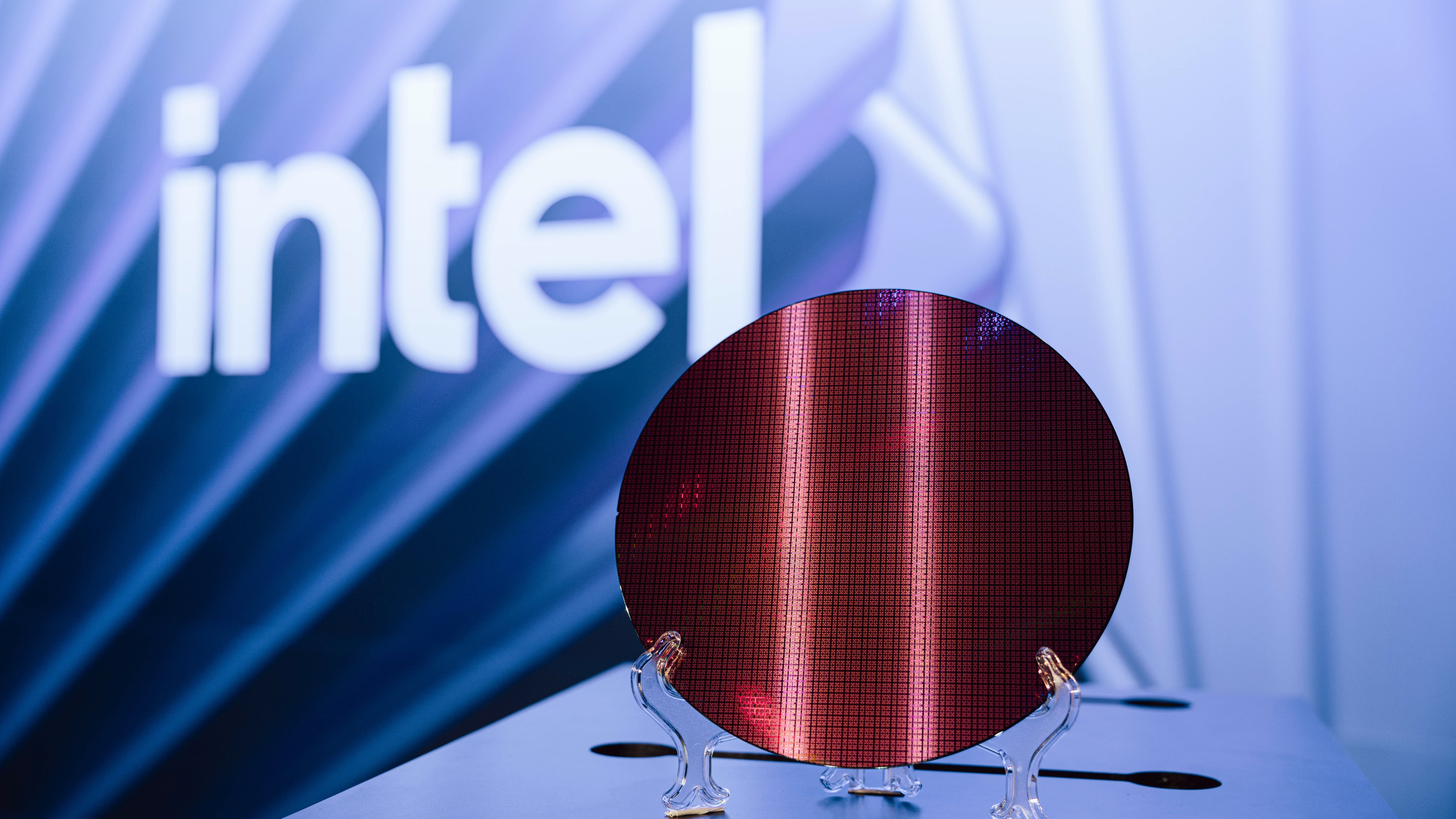
Intel’s Lunar Lake (also known as the Core Ultra 2V-series) really stood out – it’s an 8-core processor that provides great efficiency and consistent performance in slim and lightweight Windows 11 laptops. Building on that success, Intel released Arrow Lake, a versatile processor family designed for both laptops and desktop computers.
We’ve been impressed with Lunar Lake, as it strikes a good balance between the power efficiency of Qualcomm’s Snapdragon X series and the strong performance of AMD’s Ryzen AI series. However, the newer Arrow Lake series prioritizes raw computing power, sacrificing some of its AI capabilities with a less powerful neural processing unit (NPU).
Panther Lake is designed to bring together the strengths of Intel’s Lunar Lake and Arrow Lake processors, particularly for laptops. It will power a wide range of devices, from lightweight, portable notebooks to high-performance gaming laptops and workstations, all while leveraging Intel’s advancements in artificial intelligence.
Significant improvements in chip technology and internal design result in over 10% faster performance for single tasks and more than 50% faster performance for multiple tasks, compared to Lunar Lake and Arrow Lake. This is achieved while using a similar amount of power, or with over 30% less power for the same level of performance. Overall, Intel expects these new chips to use up to 10% less power than Lunar Lake, and up to 40% less power than Arrow Lake.
Intel Panther Lake looks really promising, but Qualcomm is preparing to put up a fight in 2026.
As a researcher, I’ve been following Intel’s progress, and they’ve suggested the performance differences we’re seeing now might actually grow once Panther Lake processors are available to consumers. This is because they’re still refining key technologies like Thread Director and power management, and these improvements should further optimize performance in real-world use.
What’s clear is that Intel’s Panther Lake processors will face strong competition from Qualcomm’s new Snapdragon X2 series, which promises significant performance gains. It will be interesting to see if Intel’s investments in its 18A process technology will result in a competitive product when Panther Lake-powered devices start becoming available around the beginning of 2026.
Desktop users will likely have to wait until later in 2026 for Intel’s Nova Lake processor. This is the desktop version of Panther Lake, and Intel is optimistic about it, especially after the less-than-ideal launch of Arrow Lake. Nova Lake will use the same advanced 18A technology as the mobile Panther Lake, which should result in significant improvements.
If your Windows 10 computer will soon no longer be supported, and you’re thinking about getting a new laptop, it might be smart to wait a few months. Intel, Qualcomm, and AMD are expected to release new processors soon, and it’s worth seeing what improvements they offer.

Stay up-to-date with the latest from Windows Central by following us on Google News! You’ll get all our news, insights, and features right in your feed.
Read More
- Ashes of Creation Rogue Guide for Beginners
- ARC Raiders – All NEW Quest Locations & How to Complete Them in Cold Snap
- Best Controller Settings for ARC Raiders
- Where Winds Meet: How To Defeat Shadow Puppeteer (Boss Guide)
- Ashes of Creation Mage Guide for Beginners
- Where Winds Meet: Best Weapon Combinations
- Berserk Writer Discuss New Manga Inspired by Brutal Series
- Bitcoin’s Wild Ride: Yen’s Surprise Twist 🌪️💰
- Eldegarde, formerly Legacy: Steel & Sorcery, launches January 21, 2026
- Fishing Guide in Where Winds Meet
2025-10-09 16:14